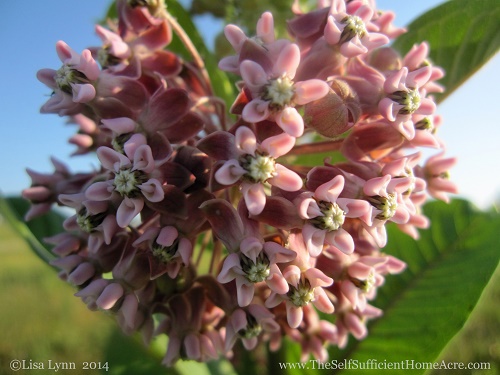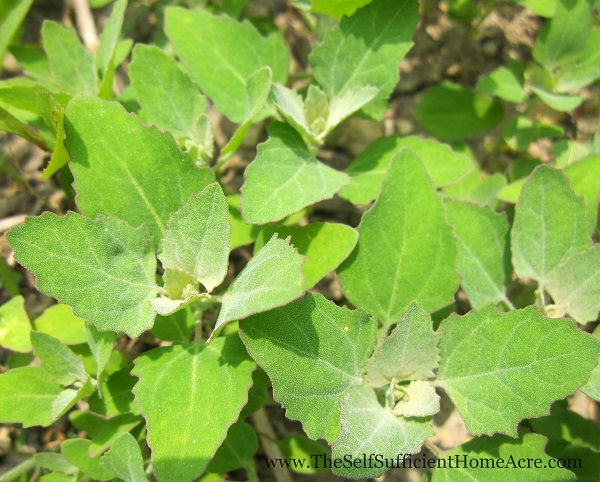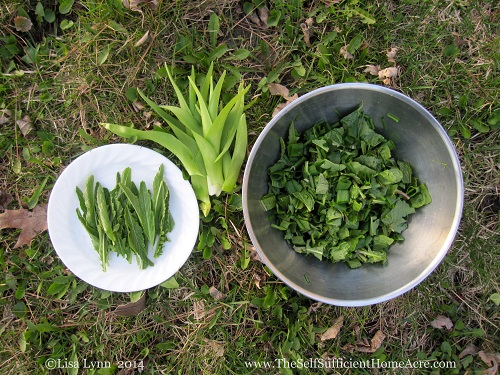
Ethical Foraging – Food for Free
I’ve been interested in foraging for wild foods since I was a kid. Dandelions, plantain, cattails, wild berries and apples all made their way into a bag or basket as I hiked through the woods and fields, or scavenged through the weeds in our lawn. I’m not sure my siblings and parents were all that interested in trying the strong flavored greens and stir fried cattail shoots, but the whole family got involved in picking blackberries and apples for canning and pies.
This post contains affiliate links for products you may find useful. Please see disclosure below.
I still find wild foods to be a healthy way to add flavor and nutrients to our meals. When spring greens poke through the winter browned grasses, I feel like the earth is waking up to provide sustenance for her creatures, including any humans who are interested in living a bit closer to our wild ancestors.
If you decide to go foraging for wild greens, be sure to take an identification book with you. Make sure all wild foods are properly identified before consuming them. Only pick what you can use, and leave some to reproduce for future generations. Don’t harvest plants that are endangered, or that provide food for endangered species.
Burdock
I hated these weeds as a kid because their burrs were such a pain to remove from clothes, shoelaces, hair, and pets…especially pets. Cats do not like having burrs removed from their fur, believe me!
But my husband grew up eating burdock as Carduni, and my late Mother-in-Law taught me how to prepare this dish. Now I purposely let burdock grow around the edges of our property (Redneck Permaculture!) to provide delicious meals in the spring and early summer. This week I harvested and prepared an abundance of burdock, some for a batch of carduni for dinner, and the rest to go in the freezer for winter.
Milkweed
I’ve flip flopped on foraging for milkweed over the last couple of years. Last year I decided not to harvest any milkweed, but rather leave it for the Monarch butterlies. Then I watched as the fields were mowed midseason, just as the Monarch eggs would have hatched and the Eastern Meadowlarks were tending their chicks. It makes my heart sad that people care more about appearances than they do about leaving habitat for endangered species. So this year I may harvest some milkweed from those fields, since the plants will be mowed anyway. But I will check for butterfly eggs on the undersides of the leaves first.
Lambs Quarters
Lambs quarters, or wild spinach, is a very nutritious green with a mild flavor that grows readily in my garden or any disturbed patch of soil. Young leaves can be eaten raw, but as the plants grow they taste best cooked like spinach. They are also good blanched and frozen for the winter.
So Many Weeds, So Little Time!
There are thousands of wild edibles available for those with the time, energy, and interest in collecting and using them. In my area of the midwest there are also wild parsnips, garlic mustard, daylilies, mulberries, cattails, marsh marigold, wild grapes, plantain, dandelions, chicory, purslane, and many more.












